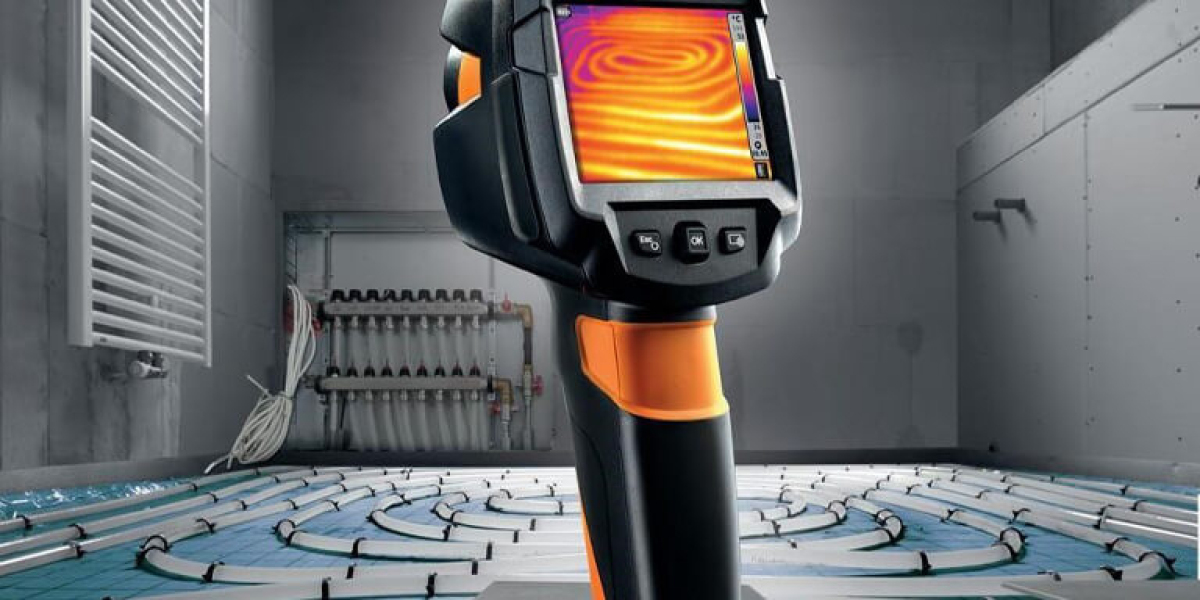Ice fishing can be a thrilling winter activity, but it is crucial to prioritize safety. Understanding the safety tips for ice fishing on frozen lakes can make the difference between a fun outing and a dangerous situation. This article will explore essential safety gear and practices to ensure a successful ice fishing trip.

Understanding Ice Conditions
Before heading out, it is vital to assess the ice conditions. How thick is the ice? Is it clear or slushy? Generally, ice should be at least 4 inches thick for safe walking and fishing. If you are unsure, always consult local resources or experienced anglers. Remember, conditions can change rapidly, so stay informed.
Essential Safety Gear
When preparing for ice fishing, having the right gear is essential. Here are some key items to consider:
- Ice Auger: A reliable ice auger is necessary for creating holes in the ice. Manual or powered options are available, depending on your preference.
- Ice Fishing Shelter: A portable shelter can protect you from harsh weather conditions, making your experience more comfortable.
- Warm Clothing: Layering is crucial. Wear insulated, waterproof clothing to keep warm and dry.
- Safety Floatation Device: A personal flotation device (PFD) can be a lifesaver if you fall through the ice.
- Ice Picks: Carrying ice picks can help you pull yourself out if you do fall through.
Best Practices for Ice Fishing Safety
In addition to having the right gear, following best practices is essential for safety. Here are some safety tips for ice fishing on frozen lakes:
- Always fish with a buddy. There is safety in numbers, and having someone with you can be crucial in emergencies.
- Check the weather forecast before heading out. Sudden changes in weather can create dangerous conditions.
- Carry a first aid kit. Being prepared for minor injuries can make a significant difference.
- Stay away from areas with moving water or dark spots in the ice, as these may indicate weak ice.
Emergency Preparedness
Even with precautions, accidents can happen. Being prepared for emergencies is a vital aspect of your ice fishing adventure. Consider the following:
- Have a communication device, such as a cell phone or radio, to call for help if needed.
- Know the location of the nearest access points and emergency services.
- Practice self-rescue techniques, such as using ice picks or rolling onto the ice to distribute your weight.
For more detailed information on fishing techniques and safety, check out this  .
.
In conclusion, understanding and implementing safety tips for ice fishing on frozen lakes is essential for a successful and enjoyable experience. By preparing adequately and following best practices, you can ensure that your ice fishing trip is both safe and memorable.








